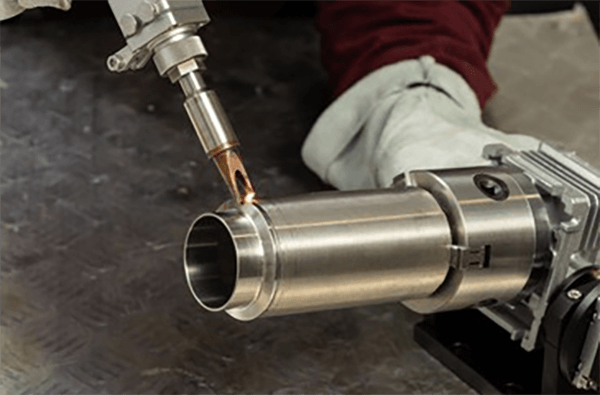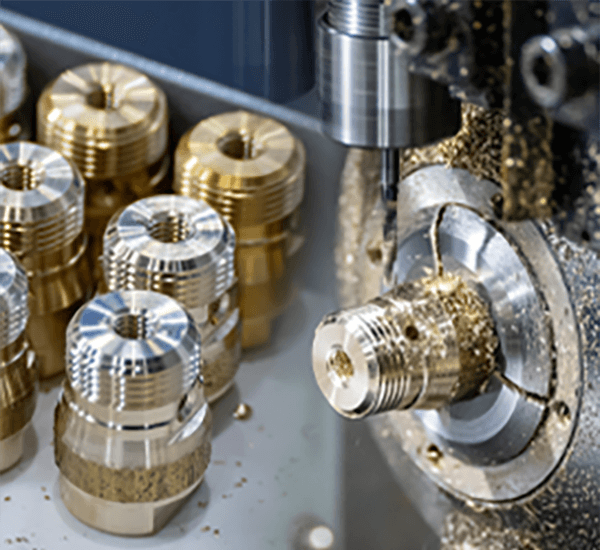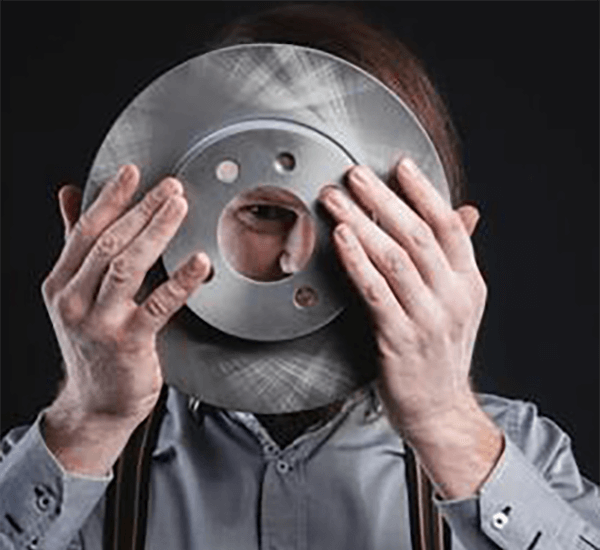
Meeting defined surface quality on a CNC-produced component stands as fundamental.
- Technical drawings lay out precise surface criteria for components
- These callouts often use terms like "Ra," which stands for arithmetic mean deviation to quantify the surface roughness
- Understanding these callouts is fundamental for ensuring manufactured parts meet performance requirements
- Specified roughness affects lubricant distribution, frictional performance, and durability
- Proper decoding of specifications is critical to deliver the expected finish
CNC Machining and Precision Engineering

Automated machining signifies a significant manufacturing innovation by leveraging computer-aided programs machines execute intricate designs with remarkable accuracy.
- The technology facilitates production of complex parts across many materials
- Broad CNC applicability benefits industries like aerospace, automotive, and healthcare
- Computerized machining yields consistent replication of parts in series production
Across development to broad production CNC machining contributes fundamentally to manufacturing innovation
CNC Specification Guidance
Understanding equipment specifications can look intimidating initially
Yet armed with basic knowledge and methodical steps you can manage technical specifications
Set out by finding key metrics: spindle speed, feed settings, positional accuracy, work envelope, controller
Each metric impacts the machine’s aggregate capability.
As an example, increased spindle rpm favors soft alloys and higher feed favors throughput.
Comprehending those interactions assists in picking the proper CNC for tasks
Always examine producer technical literature in detail.
Provided manuals commonly contain clarifying information and define jargon
CNC Machines Explained: A Full Guide
Computer numerical control machines denote software-driven tools for precise automated fabrication of many substances They interpret CNC code instructions to command cutting tools and motion.
- Representative CNC types cover milling tools, turning machines, routers, plasma cutters
- Processes are adaptable to metals, polymers, timber, and composite materials
- Besides that CNC systems permit speedy prototyping and short production runs for businesses and research groups
Computer Numerical Control Machines: An Overview
They illustrate synthesis of mechanical precision and computerized control logic Multifunctional systems use programming logic to fabricate both simple pieces and composite assemblies The core idea is converting digital blueprints into tangible parts.
- CNC machining
- Digital design integration
It includes exact tool motions driven by CNC instructions Machine operators handle parameter selection, process monitoring, and quality confirmation.
Surface Finish Considerations for CNC
Securing intended finish on parts is imperative It shapes both functional outcomes and outward appearance The type of material being machined the cutting parameters used and the post-processing operations all contribute to the achieved surface texture.
A smooth surface finish can enhance the product's durability while a rougher finish may reduce its effectiveness Machine-controlled fabrication offers many methods and cutters to achieve set surface qualities.
- For example using different cutting tool geometries |carbide alloys|spindle rpm choices to produce target surface
- In addition buffing, grinding, and sanding may be applied to upgrade finishes
Knowing parameter-to-finish links is vital to secure the best results.
An Introduction to CNC Machine Operation
CNC machining is a precise method of manufacturing that employs computer-controlled machinery to shape parts from various materials They interpret digital toolpaths to carve detailed designs reliably Grasping G-code, tool selection, and machine operation underpins successful manufacture
Industry applications include aircraft, automotive, medical, electronics, and beyond From complex aerospace components to precise injection molds, CNC is essential for complex parts
Surface Finish Specification Guidelines
Clear finish definition is critical for CNC machined components It makes sure the product satisfies function and aesthetic demands Manufacturers often rely on Ra (roughness average) to represent surface finish The value, shown in µm or inches, quantifies mean surface irregularity height.
Evaluate both finish smoothness targets and the operational application before specifying

Typically smoother finishes are chosen where tight dimensional control and alignment matter
Rougher textures often suit parts intended for grip or high-friction contact
Insert concise surface notes in blueprints to articulate finish expectations Include both the Ra value along with any additional instructions such as machining processes or surface treatments.
Observe that unambiguous finish specifications are vital for manufacturing outcomes
CNC Equipment Types and Use Cases
There exists a diverse field of CNC machines built to serve many operational purposes They use CAD-generated toolpaths to control tooling for exact component production.
- Drills bore precise holes with controlled feed and speed
- Turning machines rotate stock to create symmetrical components efficiently
- Waterjet cutters use high-pressure abrasive streams to cut diverse materials without thermal effects
Equipment choice hinges on material, design intricacy, and precision requirements Machine-specific strengths enable applications in fields ranging from aerospace to automotive engineering.
Reaching Optimal Surface Quality Using CNC
Obtaining fine surface quality is important and CNC technology delivers consistent control to attain it By leveraging precise control over cutting parameters such as feed rate spindle speed and tool geometry machinists can effectively manipulate the material removal process to produce surfaces with minimal imperfections Coupled with high-quality tools and correct fluid use, finish quality is elevated Optimized cutting plans and meticulous setup procedures help achieve premium finishing.
Achieving Surface Finish in CNC Programming
Achieving intended surface characteristics through programming is vital for quality Parametric choices for feed, speed, and tool shape govern surface smoothness and defects Conscientious parameter tuning with sound coolant strategy produces excellent surface quality.
- Plus regular inspection and maintenance of tools copyright finishing standards Furthermore regular tool maintenance and inspection are essential for ensuring a consistent and high-quality surface finish over time Besides that systematic tool upkeep and monitoring ensure sustained surface quality
- In order to refine finish consider material, target roughness, and end-use needs
- Virtual simulation provides a way to optimize feeds and speeds before cutting
- In addition periodic tool servicing and checks secure consistent surface quality
